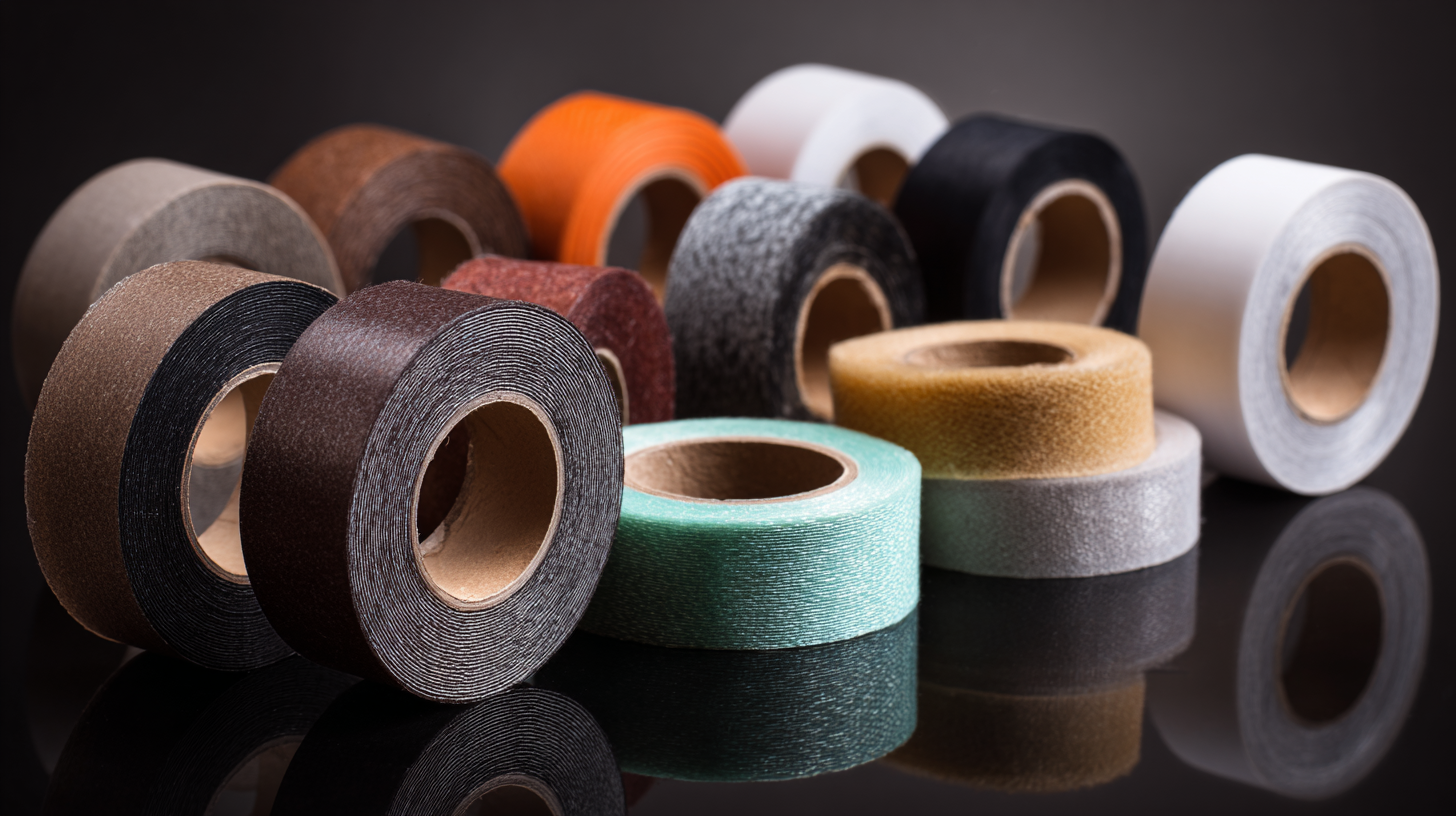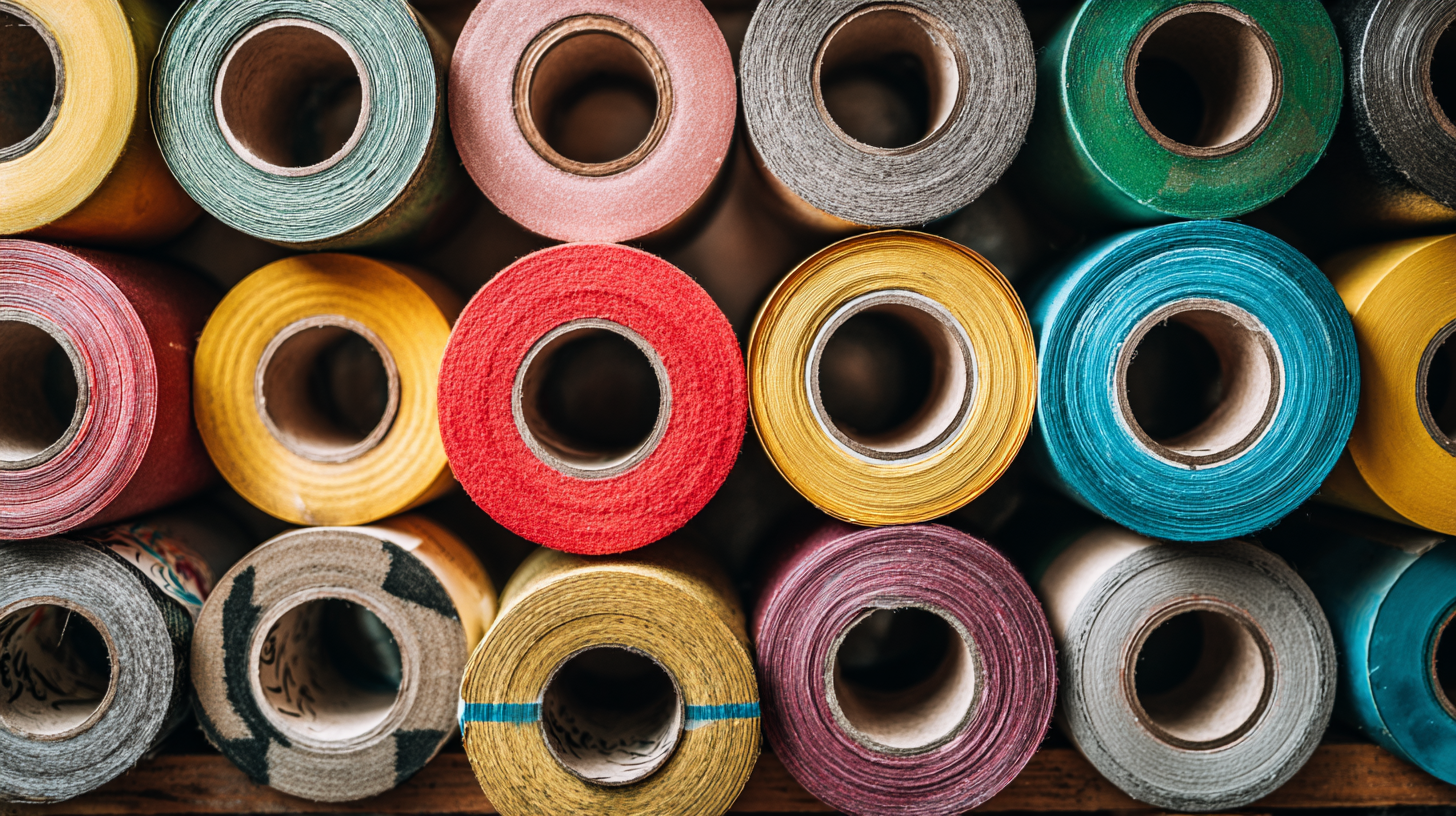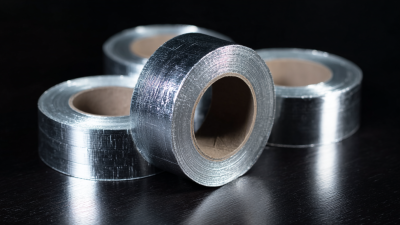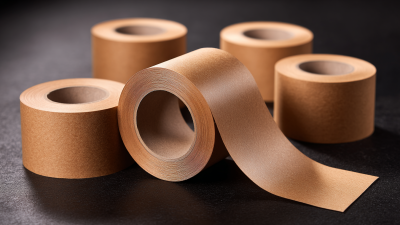Leave Your Message
-
Phone
-
Email
-
Whatsapp


In the world of DIY projects and home improvement, the right tools can make all the difference, and masking tape is no exception. Whether you’re painting, crafting, or completing a renovation, choosing the right masking tape can significantly impact the quality of your work. This ultimate guide is designed to simplify the selection process, providing you with tips and insights on the various types of masking tape available. From low-tack options that are gentle on surfaces to high-performance varieties that stand up to the rigors of professional projects, understanding the features and benefits of each tape will empower you to make informed decisions for every undertaking. By the end of this guide, you'll be equipped with the knowledge to choose the perfect masking tape tailored to your unique needs, ensuring your project is executed flawlessly.

When it comes to selecting the right masking tape for various projects, understanding the different types available is crucial. Each type is designed to meet specific requirements, whether for painting, crafting, or industrial use. For example, painter's tape is generally easy to remove and leaves clean edges, making it ideal for wall painting. It often comes in several levels of adhesion to accommodate delicate surfaces like wallpaper or freshly painted walls.
Conversely, high-temperature masking tape is engineered to withstand elevated temperatures, making it a preferred choice for automotive or industrial applications. This tape ensures that no residue is left behind after removal, even when exposed to heat. Additionally, there’s also heavy-duty masking tape, suitable for rough surfaces and outdoor use. Understanding these variations ensures that you choose the right masking tape for your specific project, leading to better results and easier cleanup.
When selecting the appropriate masking tape for your project, evaluating adhesive strength is crucial. Adhesive strength refers to how well the tape sticks to different surfaces and can vary significantly between products. Generally, masking tapes are available in various adhesion levels, ranging from low to high. For delicate surfaces, like freshly painted walls or wallpaper, a tape with lower adhesive strength is ideal. This ensures that the product removes cleanly without peeling off any underlying paint or causing damage.
Conversely, for more demanding projects, such as exterior painting or application on rough surfaces, you’ll want to opt for a tape with higher adhesive strength. These tapes are designed to hold securely in place and resist the elements, preventing bleed-through from paint or other materials. It's essential to consider both the material of the surface you're working with and the type of paint or finish you plan to apply to select the most suitable masking tape for your needs. By understanding the levels of adhesive strength available, you can make informed choices that enhance the quality and precision of your work.

When choosing masking tape, the width plays a crucial role in achieving the best results for various projects. For detailed work, such as painting intricate designs or applying fine lines, a narrower tape (typically around 1/4 inch) is ideal. It allows for precision and control, ensuring that colors do not bleed into areas where they are not wanted. On the other hand, for larger surfaces and significant jobs like drywall or baseboards, a wider tape (1 to 2 inches) provides better coverage and efficiency. This can save time while ensuring straight edges and clean lines.
Additionally, the flexibility of the tape width can greatly influence the final appearance of a project. Thicker tapes tend to create bulkier edges, which may not be suitable for all applications. Conversely, if a project requires a clean and subtle finish, selecting a tape width that matches the scale of the job is vital. For example, when working on models or smaller crafts, using a thin tape helps maintain the overall aesthetics without overwhelming the design. Thus, understanding the relationship between tape width and project requirements ensures that the masking tape chosen will facilitate a professional-looking finish every time.
| Application | Recommended Width | Usage Tips |
|---|---|---|
| Painting | 1.5 inch | Ensure tape is pressed down firmly to avoid paint bleed. |
| Crafting | 0.5 inch | Perfect for detailed work and small projects. |
| Flooring Installation | 2 inch | Use for heavy-duty protection against adhesive. |
| Home Improvement | 1 inch | Ideal for general purpose masking and protection. |
| Automotive Work | 0.75 inch | Use on edges and intricate areas for clean lines. |
When selecting masking tape, environmental considerations should take center stage for eco-conscious consumers and professionals alike. Eco-friendly masking tapes are typically made from sustainable materials, such as paper or biodegradable polymers, which minimize their impact on the planet. Unlike conventional masking tapes that may contain harmful chemicals and non-renewable resources, environmentally friendly options are designed to decompose more readily, making them a smarter choice for projects where waste reduction is a priority.
Additionally, many eco-friendly masking tapes use water-based adhesives instead of solvents, reducing indoor air pollution and safeguarding user health. Choosing these environmentally responsible products not only supports sustainable manufacturing practices but also enhances the quality of your work by providing excellent adhesion and clean removal without compromising on performance. By opting for eco-friendly masking tape, you contribute to a healthier planet while ensuring your projects maintain professional standards.
 When choosing the right masking tape for your projects, it's essential to consider the balance between cost and quality. Often, cheaper options may seem attractive, but they can compromise the final result by not adhering properly or leaving residue behind. Quality masking tape, on the other hand, provides better performance, ensuring clean lines and easier application, which can save you time and effort in the long run.
When choosing the right masking tape for your projects, it's essential to consider the balance between cost and quality. Often, cheaper options may seem attractive, but they can compromise the final result by not adhering properly or leaving residue behind. Quality masking tape, on the other hand, provides better performance, ensuring clean lines and easier application, which can save you time and effort in the long run.
Tips: When selecting masking tape, assess the specific needs of your project. For delicate surfaces, opt for a lower-tack tape to prevent damage. Additionally, consider the duration of use; if your project requires tape to hold up for an extended period, invest in higher-quality options that promise durability. Comparing user reviews can also help in making informed decisions, as others’ experiences may highlight performance nuances that aren't immediately obvious.
Ultimately, understanding the value of your purchase will lead to better project outcomes. Prioritize functionality over price, and you'll find that the extra investment in quality masking tape pays off significantly, providing results that are not only efficient but also professional in appearance.






